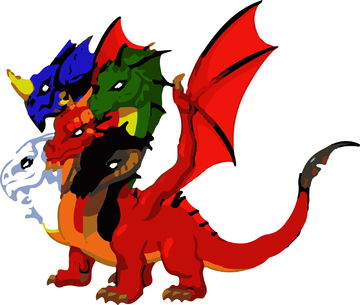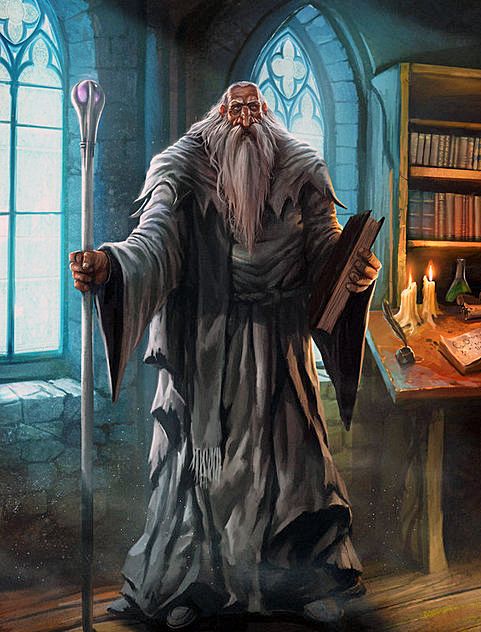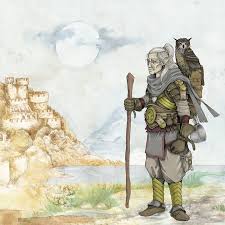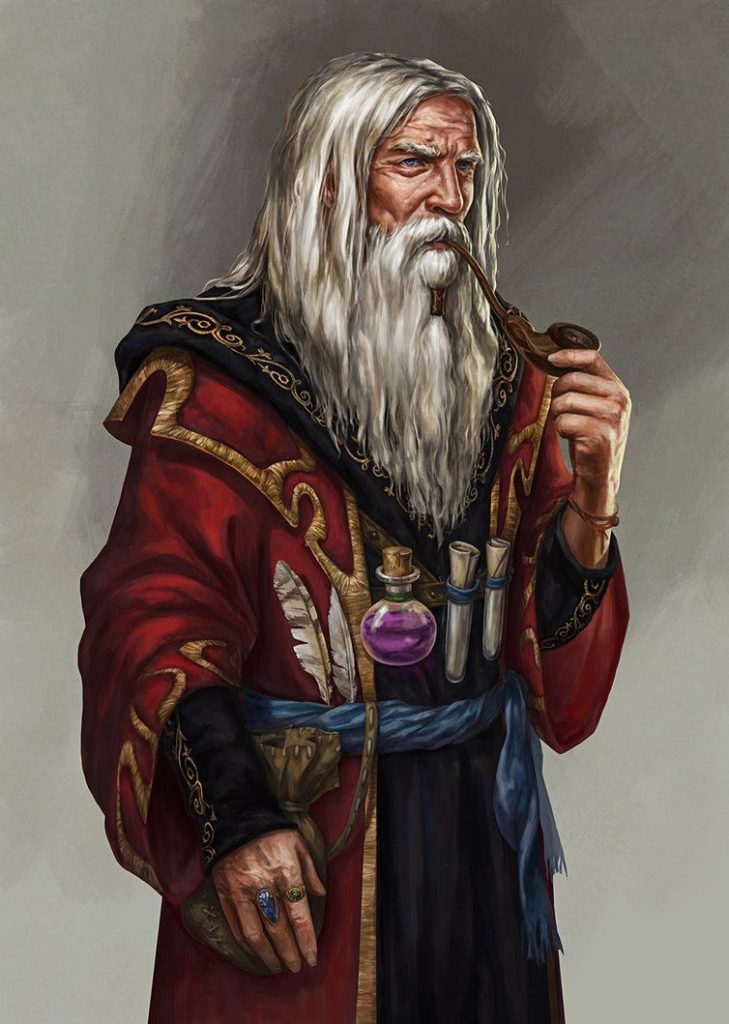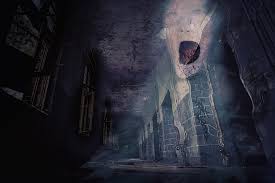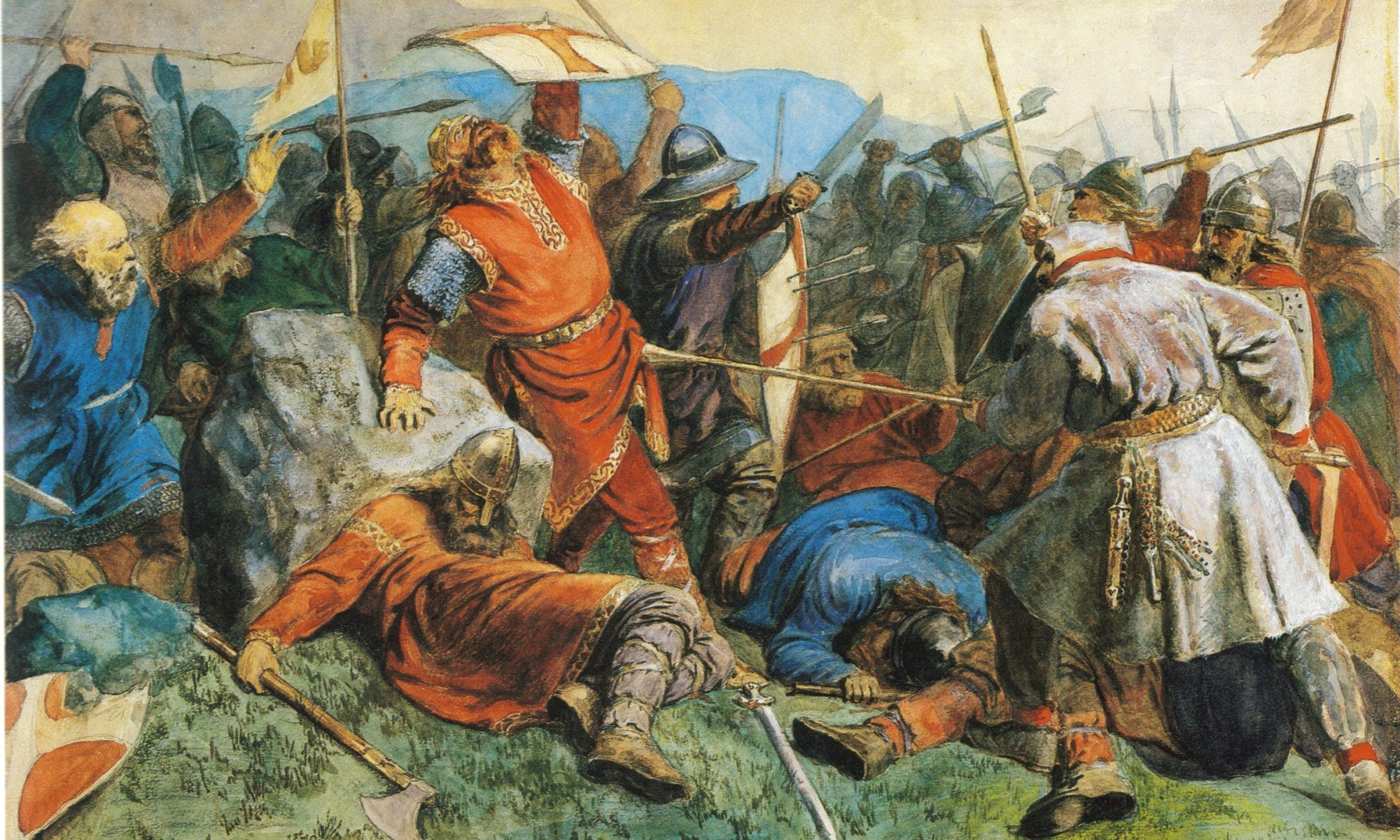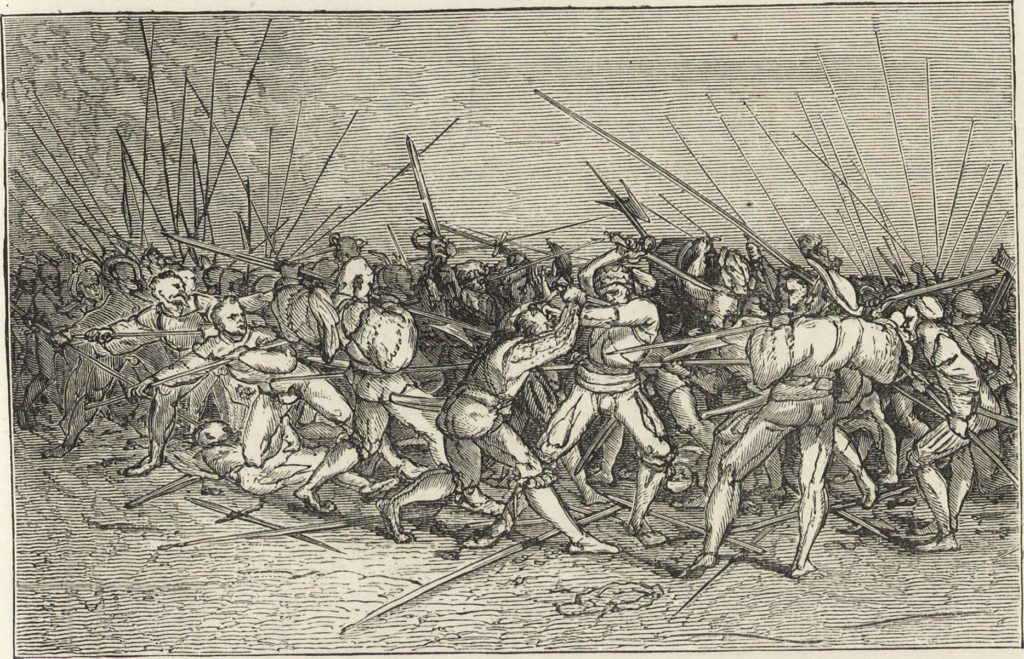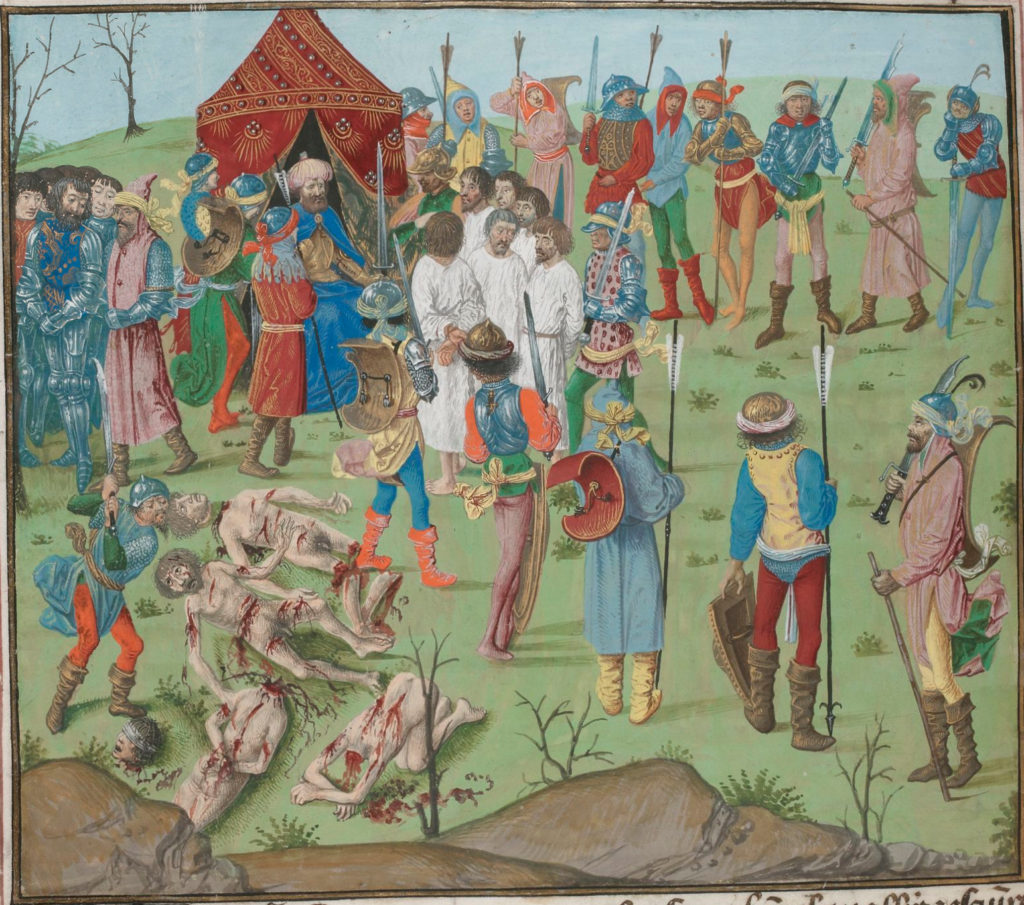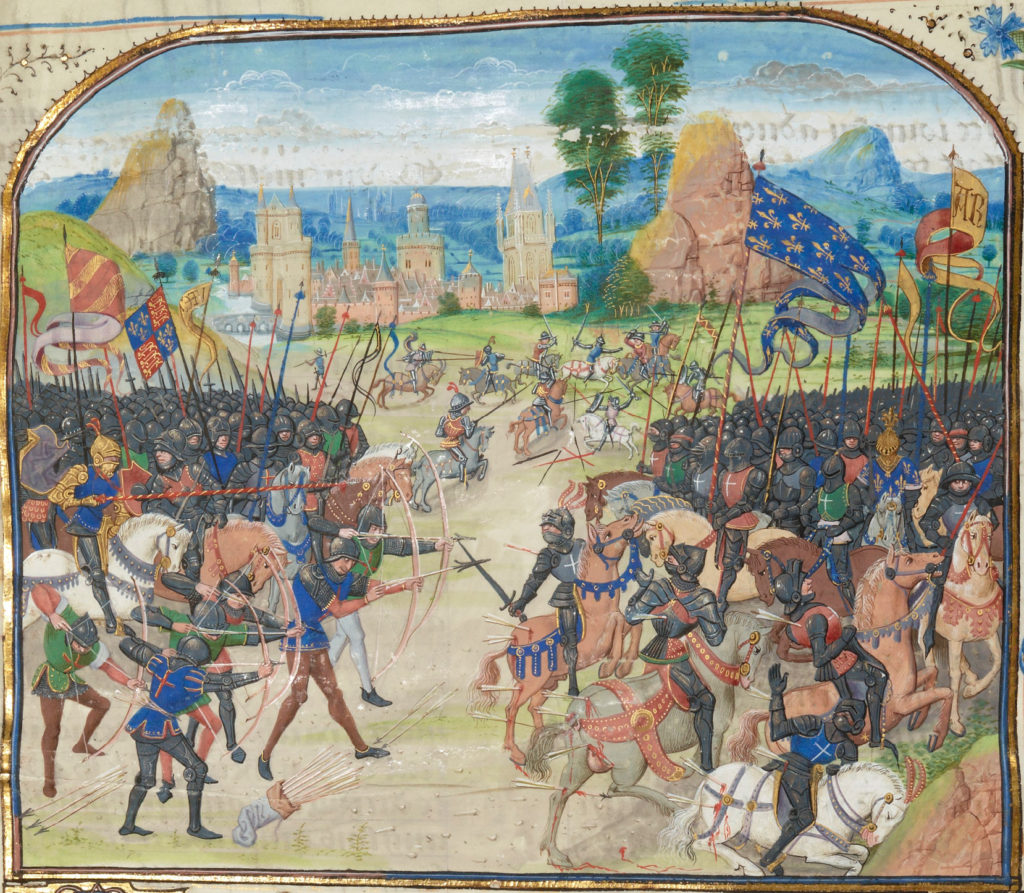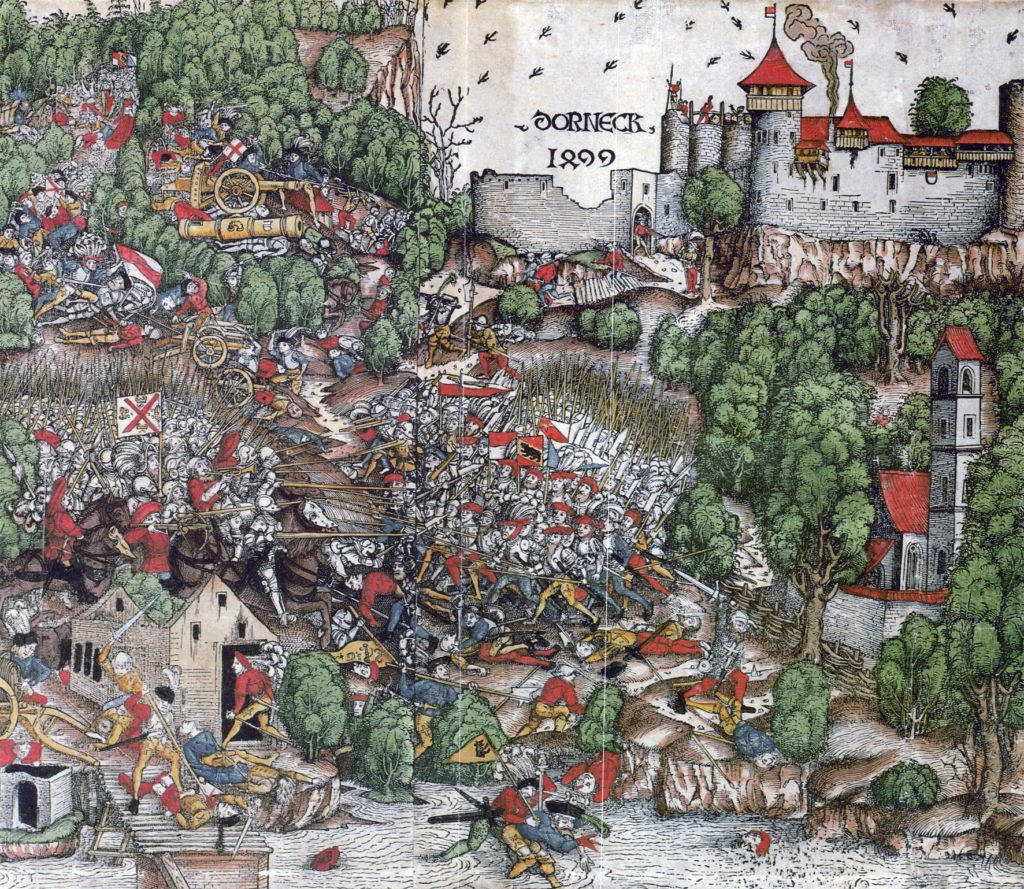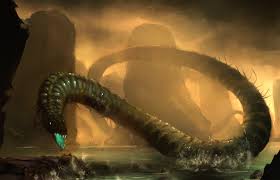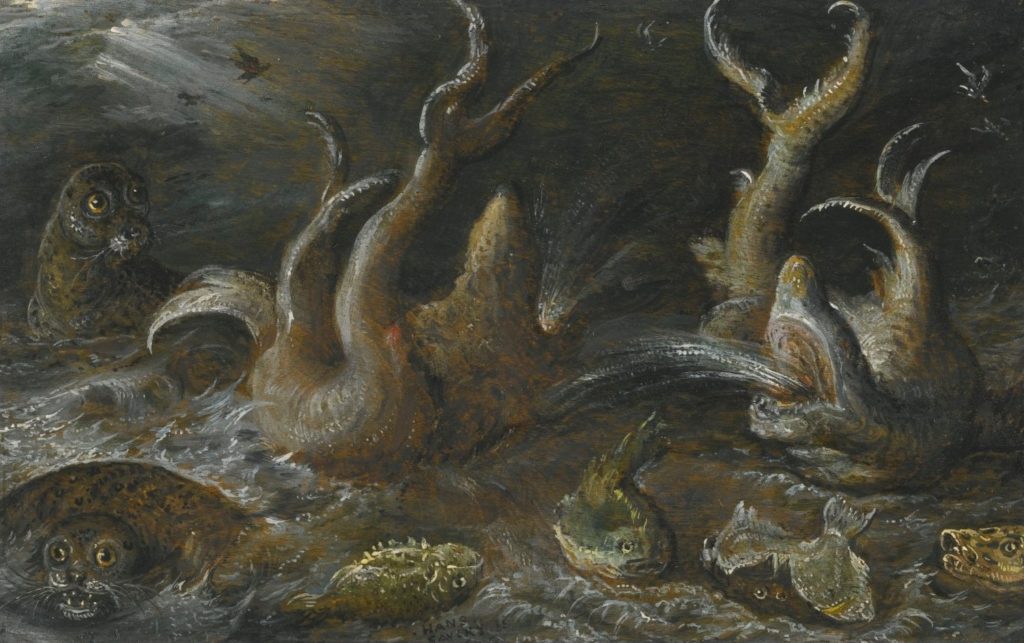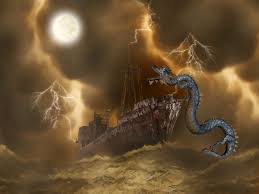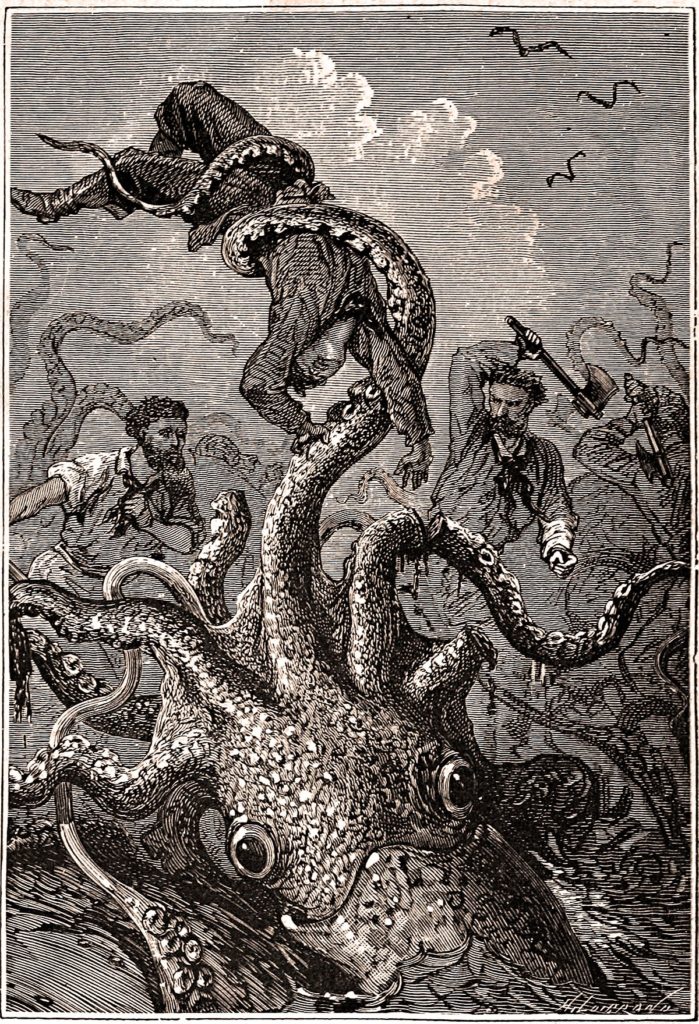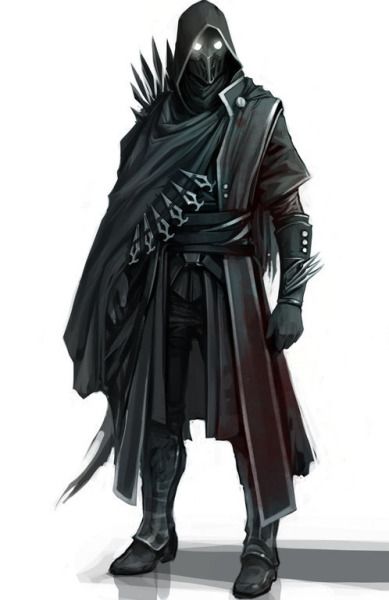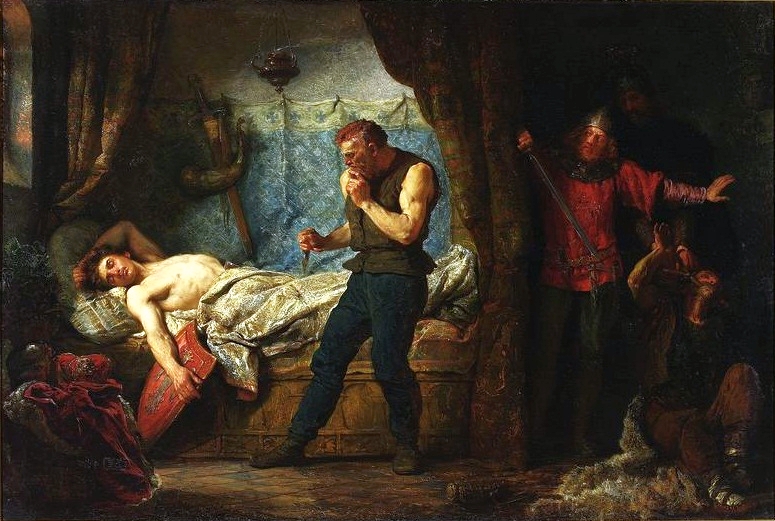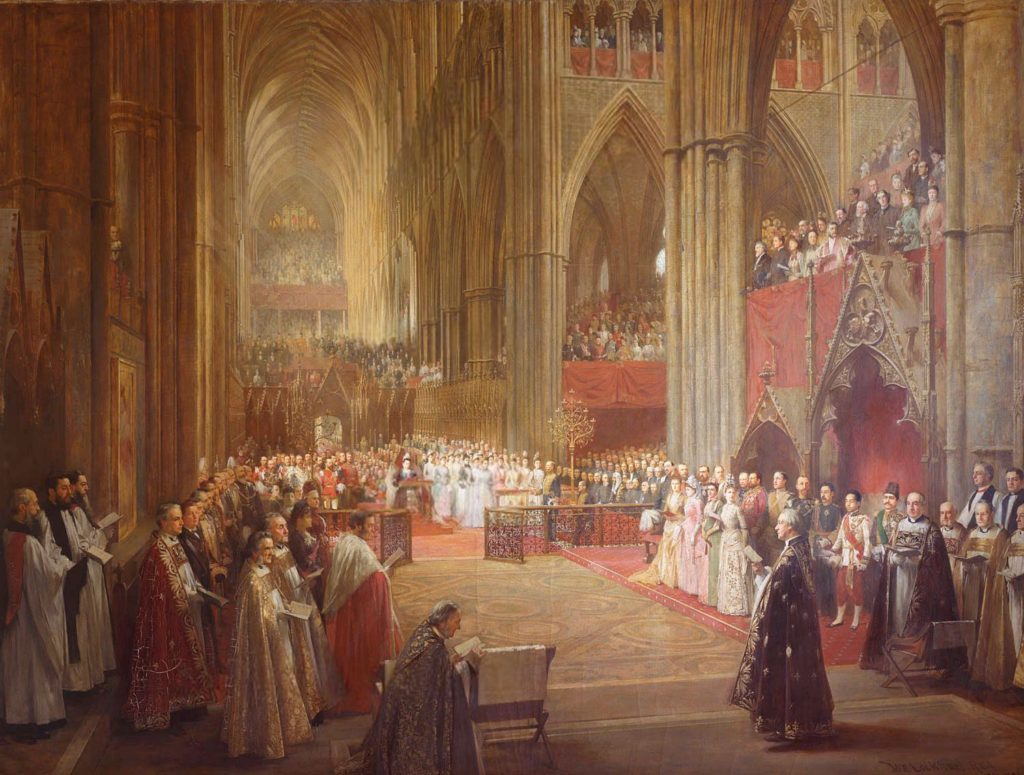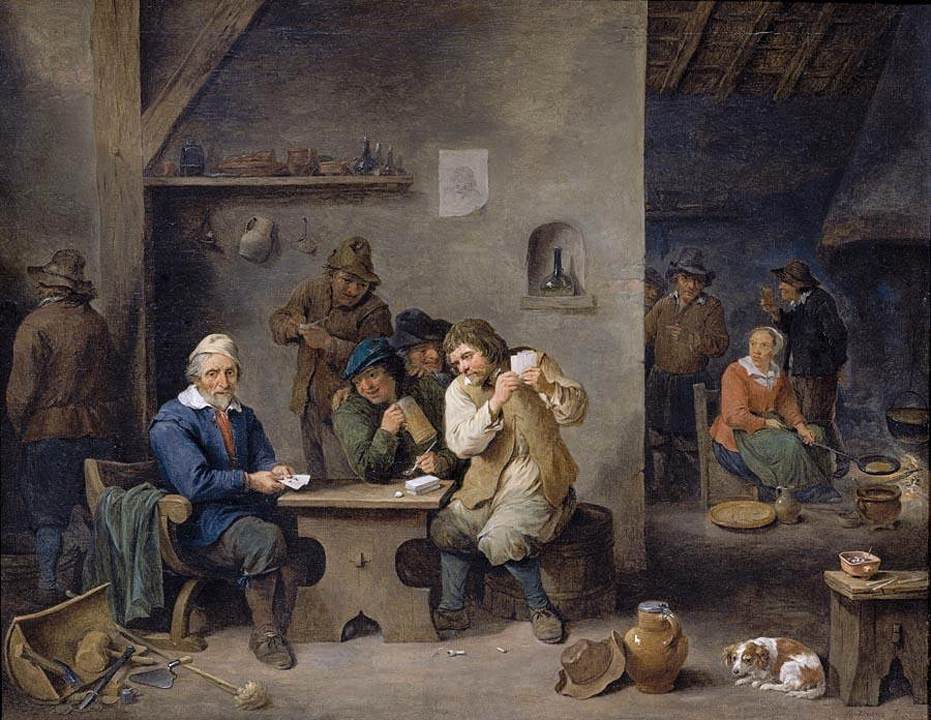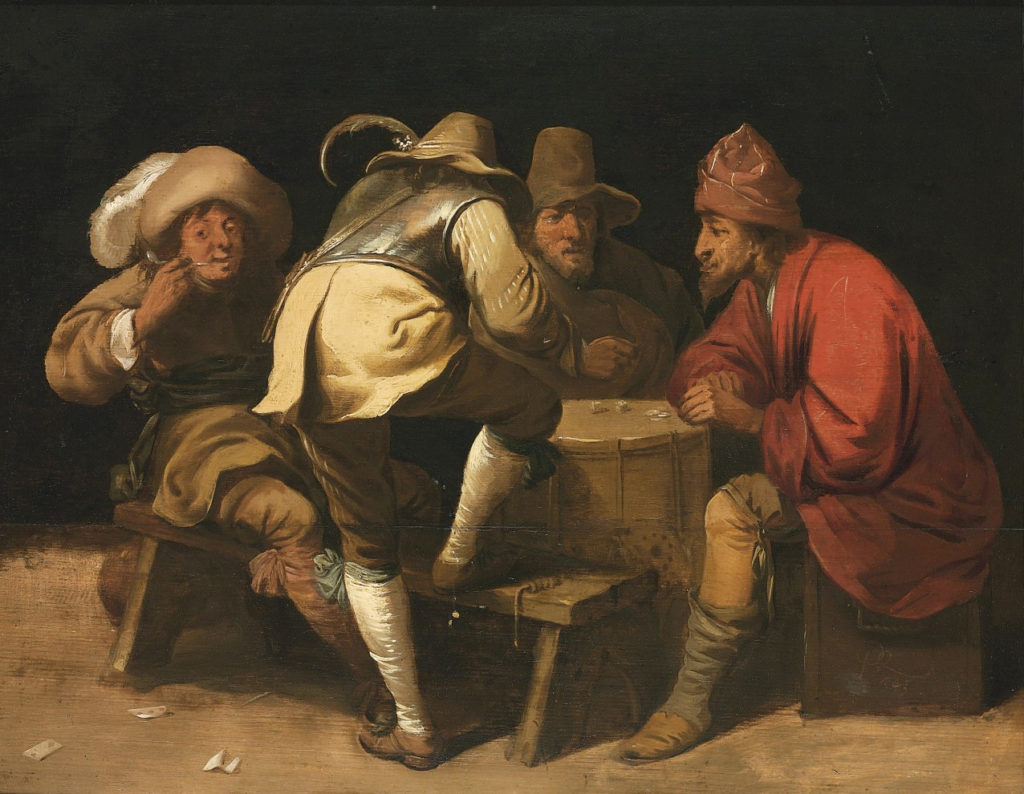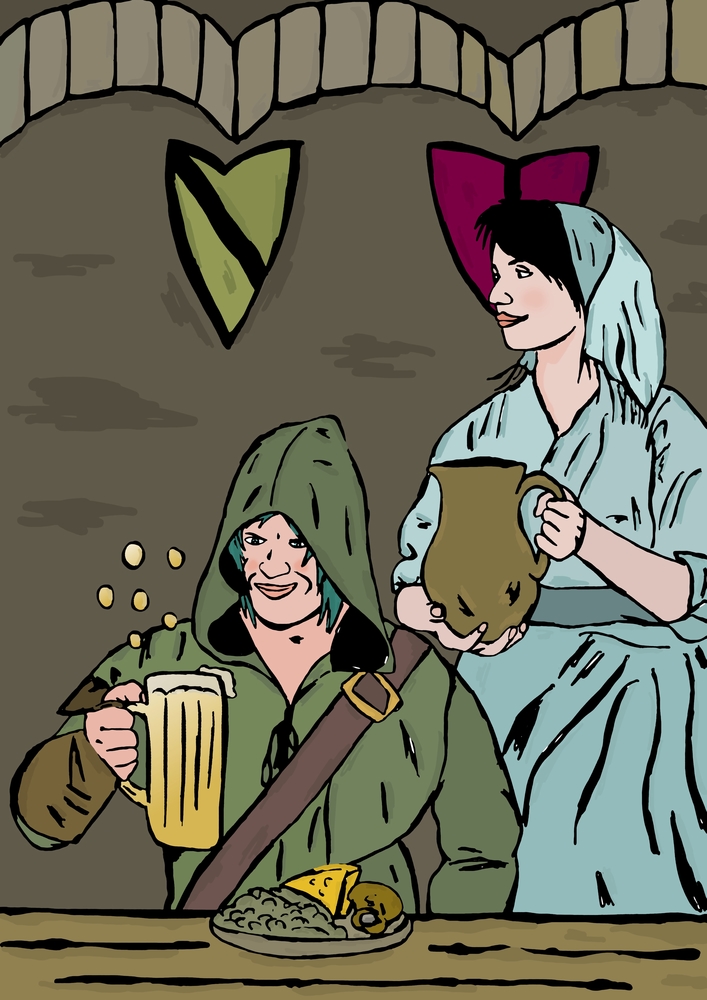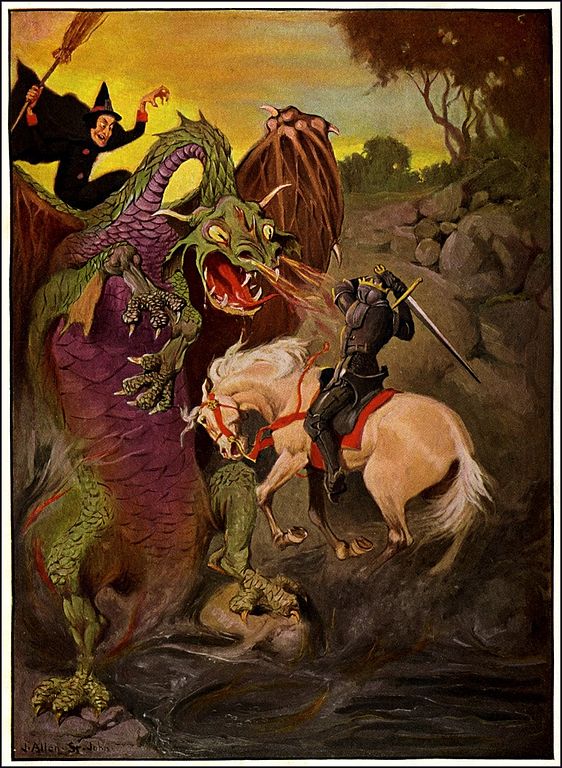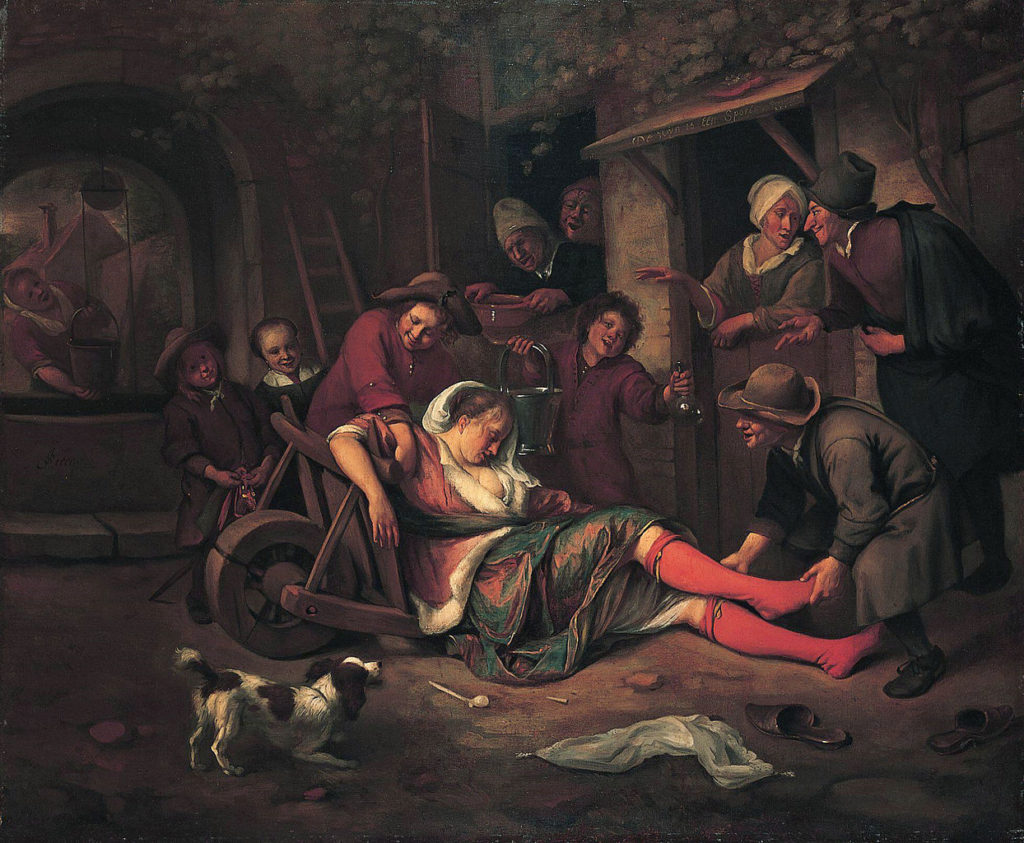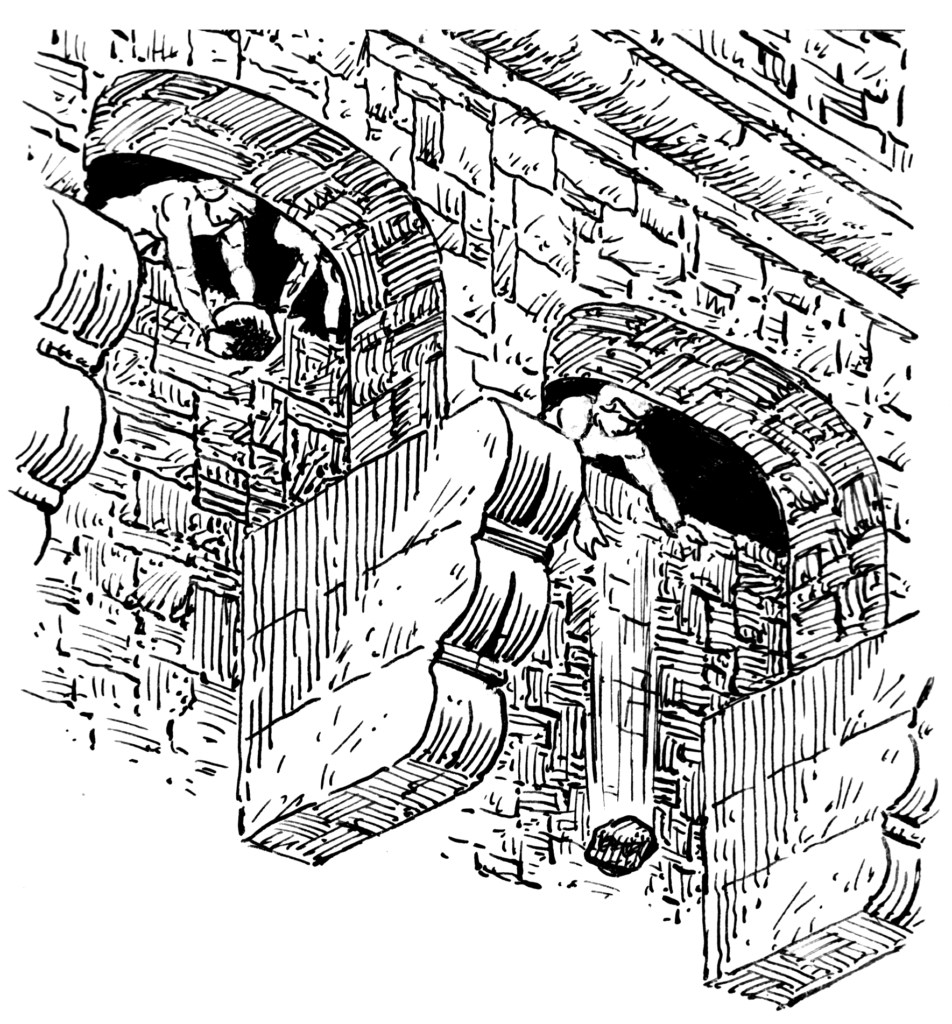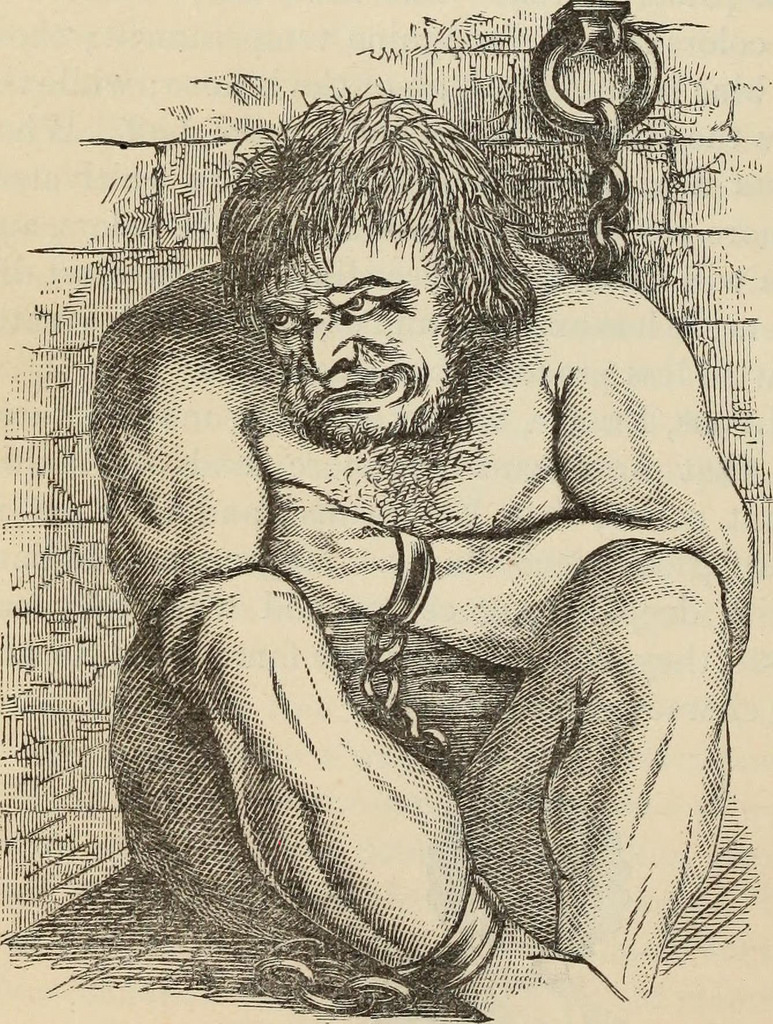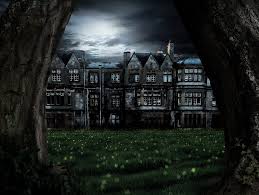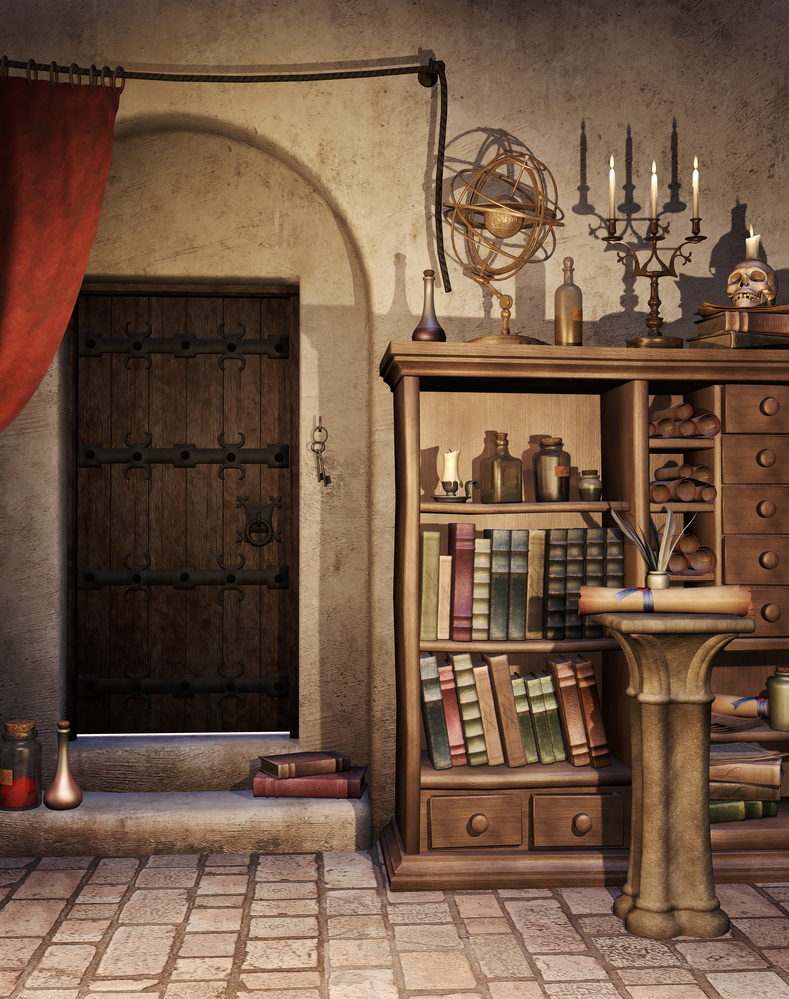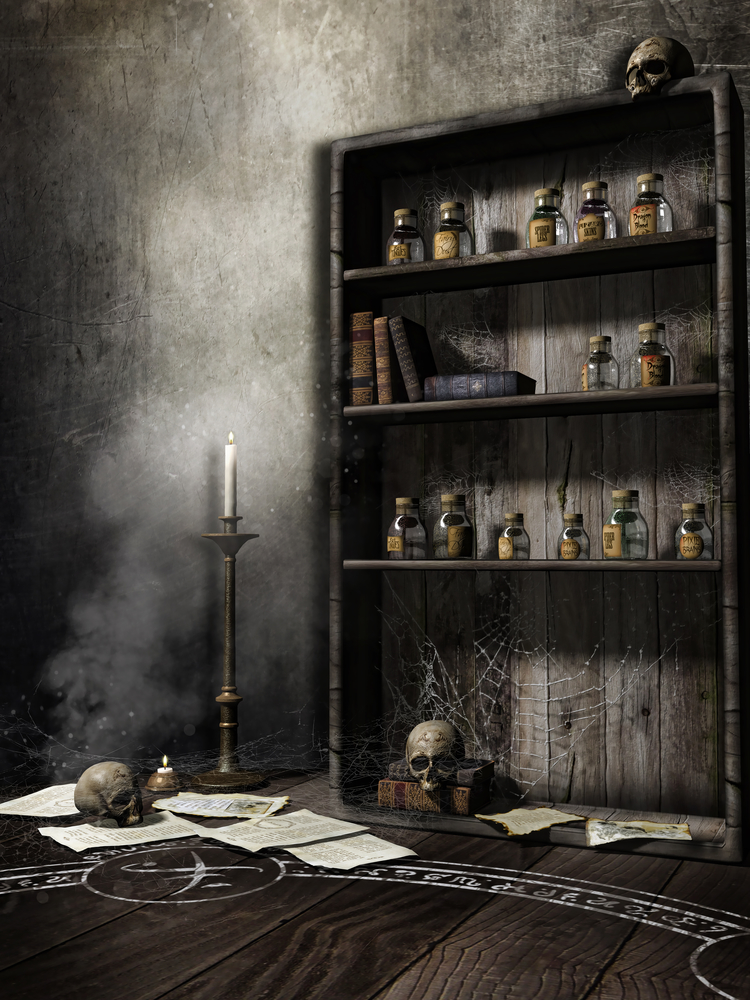Foreward
Hi. Malcon here again. This time I want to talk to you about the subject of Dragons. As the the oldest and most powerful Lich in Zanzian history you might expect me to be quite knowledgeable about this subject. Well of course I am. I’m a Lich. But there are some, believe it or not, who know more about this subject than me. So I called in one of the experts to talk to you about this important subject.
You know her as the queen of dragons. The first edition Monster Manual called her the Chromatic Dragon. Later editions seemed to blur that distinction. She is the only known five headed dragon in existence. You might know her as Tiamat. Here is her first guest post on my blog.
Guest Post From Tiamat
My lovely dragons. They come in so many colors. The first edition monster manual discussed only a few of the possibilities. Later monster manuals, fiend folios, Dungeons and Dragons editions and Dragon Magazine articles added so many more. But even now the subject is not exhausted. There are others out there that you may be unaware of. I am here to educate you about just a few.
As you may know…..I love dragons. After all I have five of them as my mates. Younger ones of course. These days you would call me a cougar or something. But back to the main issue at hand. The following four dragons are not the only ones out there that have not been discussed in great detail. But they are four of my personal favorites. And I suspect that they might become some of yours as well.
Prismatic Dragon
Later editions of Dungeons and Dragons have had a creature called the Prismatic Dragon but Joe Mohr was using one of the same name with his 1st edition campaign from the very beginning. His version is a bit different than the one used with later editions of the game. And it is quite a nasty little dragon. You might like it for your own campaigns. It is possible that some form of this fine dragon might have been mentioned in one of the Dragon Magazine editions but if it was mentioned I doubt it was as nasty as the one described below.
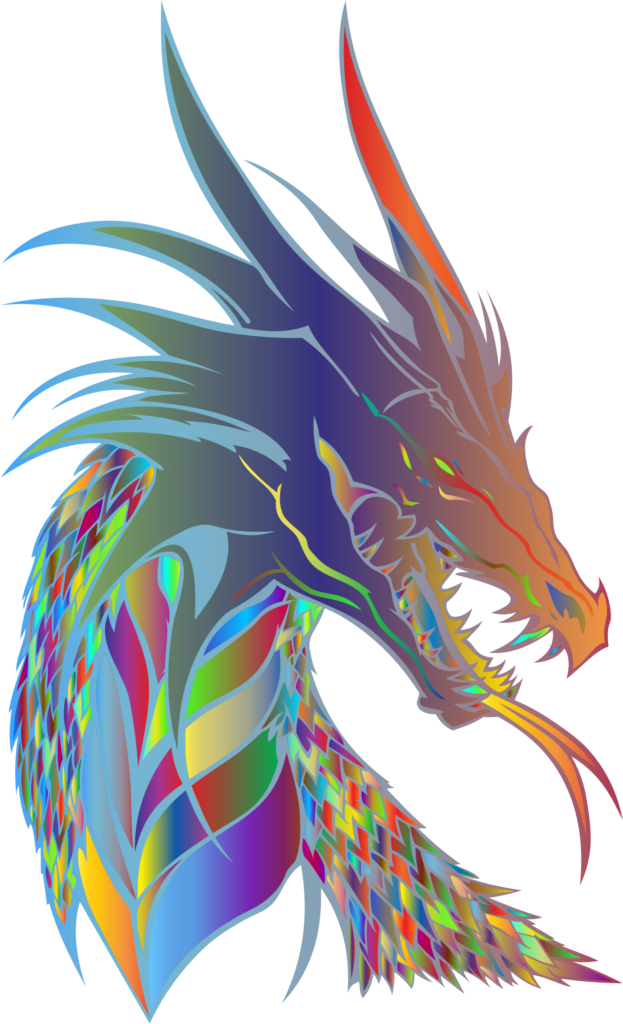
The Prismatic Dragon is a multi colored dragon. This also represents her strongest weapon. For when she breathes her best weapon…..everyone feels the pain. Unlike other dragons which breath a cone of nastiness……she breathes a prismatic spray. Anyone in the area of effect gets to enjoy a piece of the misery. Some of them will get to enjoy it twice in the same round.
The effect of this spray depends upon which edition of Dungeons and Dragons that you are playing. So I will not detail them here. For 5th edition you will use the spell effect for Prismatic Spray from page 267 of the Players Handbook. Two rays hit the target on a roll of 8. Roll lots of eights. It is more fun that way. For 1st edition you will use two different pages of the PHB to determine the effect. Page 100 shows the illusionist spell prismatic spray but it also directs you to the magic user spell prismatic wall for specifics about the various colors and effects. That is on page 93 of the PHB.
In Joe Mohr’s campaign this lovely lady is unique. And she is treated as an ancient dragon for purposes of combat and statistics. Those statistics will be given below for each edition of the game.
First Edition
- Frequency: Unique
- # Appearing: One
- Armor Class: -4
- Move: 12″/36″
- Hit Dice: 25
- % in Lair: 90
- Treasure: H, P, S, T, V
- # of Attacks: 3
- Dmg/Attack: 1-12/1-12/4-40
- Special Attack: Prismatic spray breath weapon twice daily and spell use as a 6th level illusionist
- Special Defense: Immune to the effects of prismatic spray
- Magic Resistance: none
- Intelligence: Exceptional
- Alignment: Neutral
- Size : L (60′ long)
- Psionics: none
- Chance of speaking: 100%
- Chance of spell use: 100%
- Chance of sleeping: 10%
Fifth Edition
- Armor Class: 23 (natural armor)
- Hit Points: 600 (30D20 + 300)
- Speed: 40 ft, climb 40 ft, fly 80 ft
- STR 30 (+10) DEX (10 (+0) CON 29 (+9) INT 18 (+4) WIS 15 (+2) CHA 23 (+6)
- Saving Throws: Dex +7, Con +16, Wis +9, CHA +13
- Skills: Perception +16, Stealth +7
- Damage Immunities: prismatic spray
- Senses: blindsight 60 ft, darkvision 120 ft, passive perception 26
- Languages: common, draconic
- CR 23 (50000 XP) (the D&D Wiki Version is higher)
- Legendary resistance (3/day): If dragon fails saving throw it can choose to succeed instead
- Actions: Multi Attack: Can use frightful presence and then make three attacks: bite once and two claws
- Actions: Bite: Melee Weapon Attack: +17 to hit, reach 20 ft, one target, Hit: 40 (4D10+20) piercing damage
- Actions: Claw: Melee Weapon Attack: +17 to hit, reach 15 ft, one target, Hit: 20 (2D8+12) slashing damage
- Actions: Tail: Melee Weapon Attack: +17 to hit, reach 25 ft, one target, Hit: 20 (2D8+11) bludgeoning damage
- Frightful presence: each creature of the dragon’s choice within 120 feet and aware of the dragon must succeed on a DC 21 wisdom saving throw or become frightened for one minute. A creature can repeat the saving throw at the end of each turn and end the effect on a success. Once a saving throw succeeds that target is immune to the effect for 24 hours.
- Legendary actions: The dragon can take 3 legendary actions choosing from the three options listed below. Only one can be used at one time and only at the end of another creature’s turn. The dragon regains spent legendary actions at the start of it’s turn.
- Legendary action: Detect: The dragon makes a wisdom (perception) check.
- Legendary action: Tail Attack: The dragon makes a tail attack
- Legendary Action: Wing Attack (costs 2 actions): The dragon beats it’s wings. This is also called a wing buffer attack in other editions. Each creature within 15 feet of the dragon must save on a DC 25 Dexterity saving throw or take 17 (2D6+10) bludgeoning damage and be knocked prone. The dragon can then fly up to half of it’s flying speed.
As you can see…..she is pretty nasty regardless of what edition you are playing. She hits hard. And she has lots of weapons at her disposal. And she has a lot of hit points and a tough armor class. All around she is no cream puff waiting for her treasure to be stolen from her by delvers. She is going to take a few with her if she goes down.
And if you prefer to use the D&D wiki version of her you could do that instead. This one is another 5th edition version of the creature and it even nastier. You can find it at the following link:
D&D Wiki Version of the Prismatic Dragon
And of course….all of the standard features of dragon kind still apply.
Astral Dragon
This is another rarely seen dragon that did not appear to exist in 1st edition. Granted. There may have been a mention of it in one of the many editions of the Dragon Magazine but I could not find it. Again Joe Mohr placed one in one of his adventures involving the astral plane. I won’t rehash that adventure here but I will list the statistics for this wonderful creature.
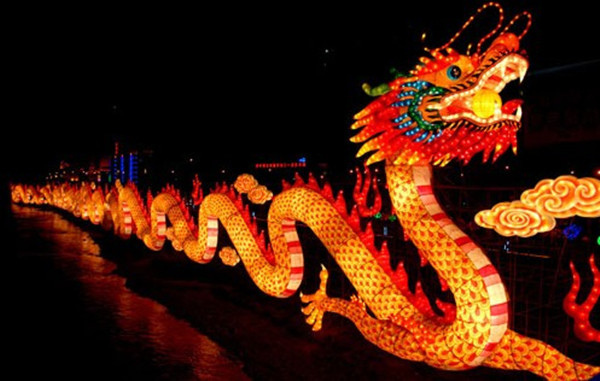
First Edition
- Frequency: Extremely Rare
- Armor Class: -4/-10
- Move: 12″/48″
- Hit Dice: 15
- % in Lair: 50%
- Treasure: H, S, T, V
- # of Attacks: 3
- Dmg/Attack: 1-10/1-10/4-40
- Special Attack: breath weapon (sonic damage)
- Special Defense: never surprised
- Magic Resistance: none
- Intelligence: exceptional
- Alignment: Neutral
- Size: L (45′ ribbon dragon)
- Psionics: None
- Speaking: 100% (Common and various dragon tongues)
- Magic Use: none
- Sleeping: 20%
The breath weapon for this form of dragon is a sonic damage. Consider it an extremely loud roar that deafens and does extreme damage to those in front of it. It should be treated as a cone of sonic damage of 3″ base and 9″ long. This weapon can be used twice daily.
Fifth Edition
Another blogger has posted their own variant of this dragon which you can find at the following link:
Astral Dragon Variant From D&D Beyond
Since there is already a good version of this fine creature out there for 5th edition I need not dwell on the statistics for one here. The one at the above link is sufficiently nasty to provide some amusement should your delvers decide to go on a planar vacation.
And of course….all standard dragon features apply to this fellow as well
Ethereal Dragon
Well if an astral dragon can exist. Then why not an ethereal one? That might create some interesting possibilities. The adventurers might find such a dragon passing through walls to come visit them while they are setting camp in some dungeon. Wouldn’t that be a rude awakening?

Fifth Edition
Fortunately there is already a fifth edition variant for this beautiful dragon. Again it comes from D&D Beyond.
D&D Beyond Ethereal Dragon Variant
First Edition
A quick search of the web and of the various monster manual books for 1st edition indicate that no such dragon existed. It is possible that an issue of Dragon Magazine might have had one but not that I could find. So I present one here for your potential use against your meddling delvers.
- Frequency: rare
- Armor Class: -3
- Move: 12″/36″
- Hit Dice: 20
- % in lair: 25%
- Treasure: H, I, S, T
- # of Attacks: 3
- Dmg/Attacks: 1-12/1-12/3-36
- Special Attack: Breath Weapon Arcane Blast
- Special Defense: ethereal at times making it difficult to hit
- Magic resistance: non
- Intelligence: exceptional
- Alignment: neutral
- Size: L (50′ long)
- Psionics: 300 (all attack modes/all defense modes)
- Chance of speaking: 100% (all dragon languages and common)
- Chance of magic use: 0%
- Chance of sleeping: 0%
The breath weapon is an arcane burst of energy that travels in a cone 3″ wide and up to 12″ long. Anyone within that area of effect may save against dragon breath for one half damage.
The ethereal dragon has the ability to travel between planes at will. This allows it an incredible defense against physical attack from others. Like a ghost these creatures are often encountered in a non corporeal form. This makes attacking them difficult at best. Striking at this dragon while it is still in the ethereal plane requires a magical weapon to succeed. Such attacks will find the creature nearly impossible to hit as it’s armor class is at -10. If it chooses to materialize into the prime material plane this dragon has an armor class of -4. In either event it is an elusive target despite it’s enormous size.
As other dragon kind all standard dragon features apply to the ethereal dragon.
Norox the Two Headed Dragon
Those of you who have played or read Joe Mohr’s Treasure Vaults of Tiamat may recognize this next lovely fellow. His name is Norox. And he has two heads. Two heads are much better than one I always say. Of course…..five heads are even better than two. But again….I digress….
Two heads gives two chances for two different breath weapons in the same round. Or perhaps a bite and a breath weapon. Or a breath weapon and a spell cast. Lots of possibilities. And this guy is enormous. He is a form of green dragon. That is…his body and heads are green. But he is much more powerful than any normal green dragon.
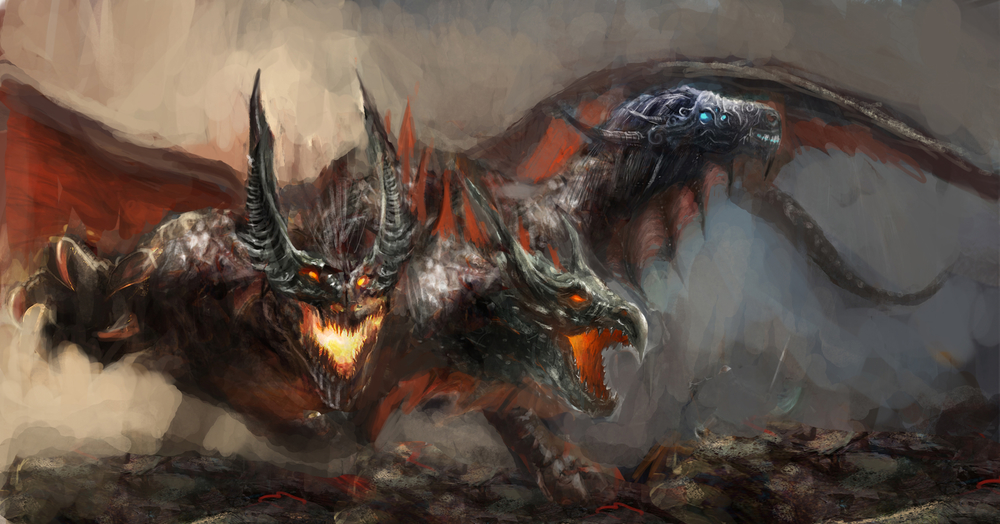
First Edition
Norox was written for use with a 1st edition adventure called Treasure Vaults of Tiamat. But he could easily be modified for use in 5th edition. And of course…..he should be… But for 1st edition his statistics are as follows:
- Frequency: Unique
- Armor Class: 0
- Move: 12″/24″
- Hit Dice: 14
- % in lair: 75%
- # of Attacks: 4 (bite/bite/claw/claw)
- Special Attacks: two breath weapons twice daily can be used in any combination
- Special Defense: never surprised with two heads watching one is always awake and aware
- Magic Resistance: none
- Intelligence: Exceptional
- Size: L(60′ long)
- Psionics: none
- Chance of Speaking: 100% (all dragon languages and common)
- Chance of magic use 100% (as a 7th level magic user)
- Chance of sleeping: 0% (one head is always awake and alert)
He has two breath weapons. One is the standard green dragon poison gas. The other is a particularly nasty flesh eating disease causing breath weapon. Anyone in the area of effect (the same as an ancient green dragon). The victim gets a saving throw. Unlike normal dragon breath saving throws this one is all or nothing. A failed saving throw has the following nasty results:
- First round victim loses 25% of hit points
- Second round victim loses 50% of hit points remaining
- Third round victim loses all hit points remaining and falls unconscious
- Fourth round victim dies
This is no normal disease. A simple cure disease will cure this affliction. But of course this is an area of effect spell. How many cure disease spells will the adventurers have on hand to save themselves with. It is more than likely that more than one person will be sprayed with this black cloud of disease. Someone has to pay. And likely someone will.
Fifth Edition Variant
Creating a Norox for use in your 5th Edition campaign is easily doable as well. I would take one of the stronger standard dragons such as the Ancient Red Dragon from page 97 of the Monster Manual and then modify him upward to make him more effective. He should still have the same two breath weapon options at his disposal. I would leave the rest of the statistics alone or modify them slightly upward.
- Armor Class: 23 (natural armor)
- Hit Points: 600 (30D20 +300) (perhaps hit points should be much higher)
- Speed: 40 ft, climb 40 ft, fly 80 ft
- STR 30 (+10) DEX 10 (+0) CON 29 (+9) INT 18 (+4) WIS 15 (+2) CHA 23 (+6)
- Saving Throws: Dex +7, Con +16, Wis +9, Cha +13
- Skills: perception +16, Stealth +7 (perhaps his perception should be higher with two heads)
- Damage Immunities: poison, disease
- Senses: blindsight 60 ft, dark vision 120 ft, passive perception 26 (or higher)
- CR variable but probably extremely high
- Languages: draconic in all varieties and common
- Legendary resistance 3/day: if the dragon fails a saving throw then he can choose to expend one of these and make his saving throw
- Multi attack: this dragon can use it’s frightful presence and attack four times (bite/bite/claw/claw)
- Bite: Melee weapon attack: +17 to hit, reach 20 ft, one target, hit: 21 (2D10+10) slashing damage (or perhaps higher if you want to modify it)
- Claw: Melee weapon attack: +17 to hit, reach 15 feet, one target, Hit: 17 (2D6+10) (or higher if you modify it)
- Tail: Melee weapon attack: +17 to hit, reach 25 ft, Hit: 19 (2D8+10) bludgeoning damage (or higher if you modify it)
- Breath Weapons (normal green dragon breath for one head and the disease damage listed for the 1st edition version above)
- Recharge rate for breath weapons 5-6
- Legendary actions: The dragon can take 3 legendary actions choosing from the three options listed below. Only one can be used at one time and only at the end of another creature’s turn. The dragon regains spent legendary actions at the start of it’s turn. These actions could be modified by you as you feel appropriate for a unique two headed dragon.
- Legendary action: Detect: The dragon makes a wisdom (perception) check.
- Legendary action: Tail Attack: The dragon makes a tail attack
- Legendary Action: Wing Attack (costs 2 actions): The dragon beats it’s wings. This is also called a wing buffer attack in other editions. Each creature within 15 feet of the dragon must save on a DC 25 Dexterity saving throw or take 17 (2D6+10) bludgeoning damage and be knocked prone. The dragon can then fly up to half of it’s flying speed.
Conclusion
Ok. Perhaps not all of these dragons are original inventions. Some have been thought of during various stages of the development of Dungeons and Dragons but now you have some suggestions on how to make one for whichever edition you play.
Dragons are wonderful and magical creatures. They should not be easy to defeat in combat. Especially in their own lairs. In their own lairs they will have allies and servants to help defend them and alert them of intruders. They will have nasty traps set up for unwary trespassers. And they should be nearly unbeatable.
From time to time I may drop back in on this blog and bring you new suggestions as I meet new acquaintances during my travels. I hope that you have enjoyed this little chat.


